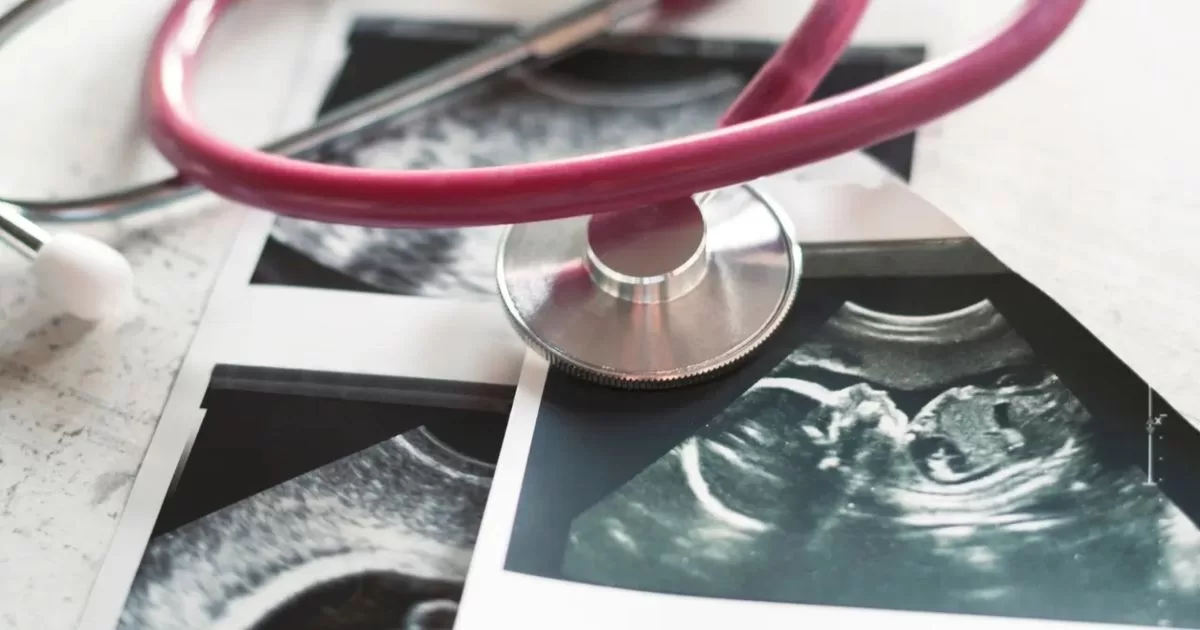Tokyo, Aug 20 (EFE).- The Japanese Prime Minister, Fumio Kishida, visited today the damaged Fukushima nuclear power plant, before the start of the controversial spill of its treated radioactive water, which local fishermen and neighboring countries oppose.
Kishida’s visit to the facilities comes days before a meeting scheduled for Tuesday with the ministers involved in managing the atomic disaster, from which it is rumored that a specific date could emerge for when the spill will begin.
The Japanese government is considering a fork that includes between the end of August and the beginning of September to begin the process, which will last for decades, according to what is known up to now.
“I think we are in the final stage in which the government must make a decision on the spill, considering factors such as how to minimize the impact on fishing as much as possible,” Kishida said yesterday when announcing the visit from Washington after participating in a summit with their US and South Korean counterparts.
The Japanese prime minister arrived at the nuclear power plant shortly after 11:00 local time this Sunday (2:00 GMT) to check first-hand the status of preparations for the spill.
Before inspecting the facilities, he met with executives from the company that owns the plant, Tokyo Electric Power (TEPCO), and also plans to speak with representatives of local fishermen, according to the NHK public channel.
The cooling process of the damaged reactors and the melted fuel as a result of the nuclear accident triggered by the earthquake and tsunami of March 2011 has generated large amounts of contaminated water over these more than ten years.
This water has been stored in tanks after undergoing processing to remove most radioactive elements, with the exception of tritium, but the containers and physical storage space at the facility is reaching its limit and after years of consideration will choose to pour it.
Until the end of July, some 1.34 million tons of treated water had been stored, around 98% of the maximum capacity.
The Government has been considering when to start pouring the water after receiving the assessment report from the International Atomic Energy Agency (IAEA), which considers that the Japanese plan meets the agreed safety standards for these cases.
The worrisome isotope, tritium, is present by itself in low concentrations in nature, and the Japanese authorities and TEPCO assure that the levels in the water that will be discharged will be forty times lower than the Japanese legal limit for drinking water and not will pose no risk to human health or the environment.
The Fukushima spill plan has met with strong opposition from the local fishing community, as well as neighboring countries such as South Korea and China, which have instituted additional radiation tests on imported Japanese seafood. EFE
mra/alf


